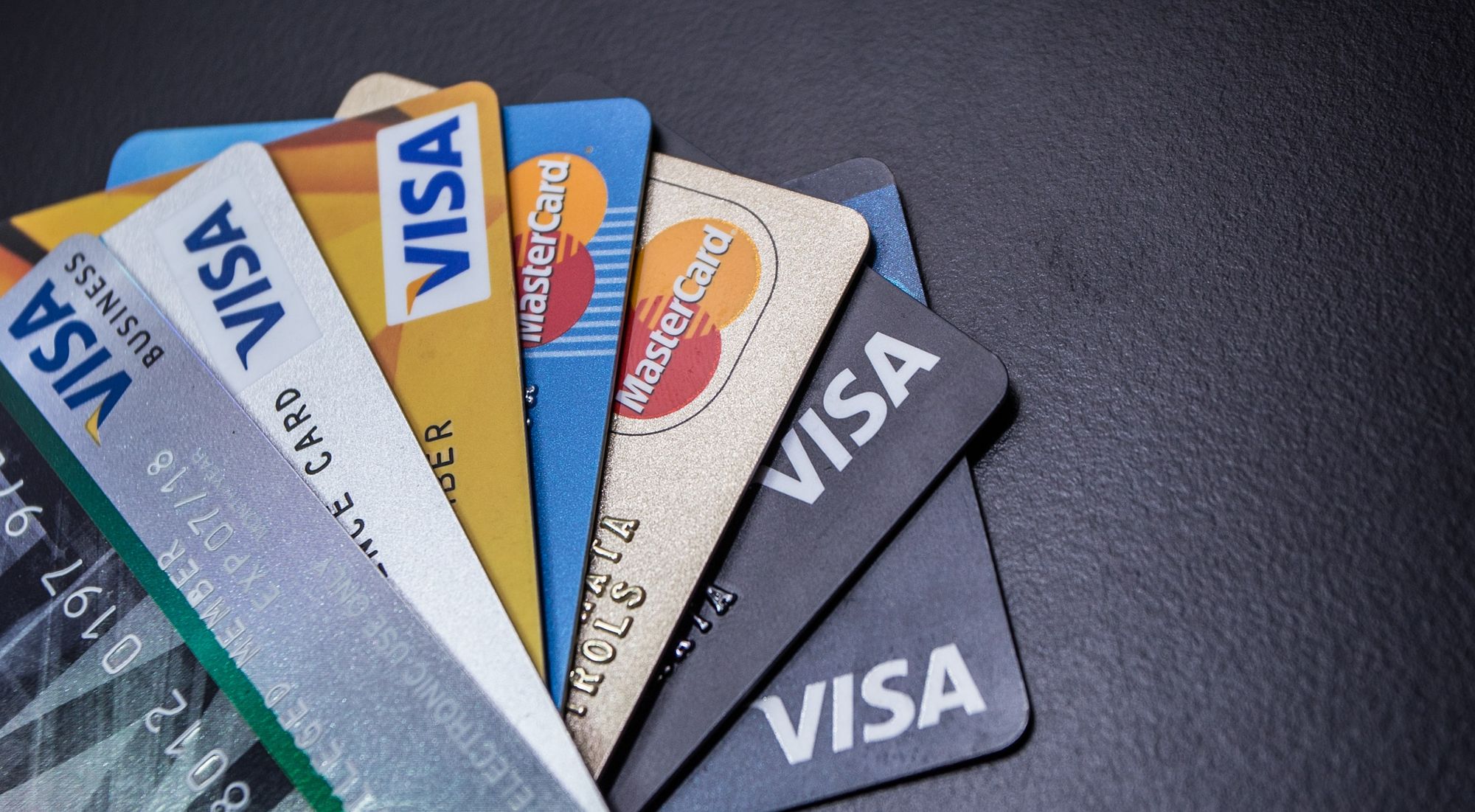Credit cards are a double-edged sword. They offer financial flexibility, rewards, and convenience, but they also come with the risks of overspending, high-interest rates, and debt accumulation. A fundamental aspect of managing credit cards wisely lies in understanding and respecting credit card limits. This article shifts the focus from merely knowing credit card limits to examining their importance in achieving long-term financial health, exploring the factors influencing credit limits, and providing actionable strategies for effective credit management.
Understanding Credit Card Limits: A Key to Financial Responsibility
Defining Credit Card Limits
A credit card limit is the maximum amount of money a user can charge on a credit card at any given time. It is set by credit card issuers based on various factors such as creditworthiness, income, and spending patterns. Exceeding this limit can result in over-limit fees, reduced credit scores, and financial penalties, making it essential to stay within the set boundaries.
Credit card limits serve as both a financial guide and a safeguard. They help users control their spending habits and maintain a balance between financial aspirations and reality. Knowing your limit not only prevents overspending but also fosters a disciplined approach to money management.
Factors Determining Credit Card Limits
Credit card issuers consider multiple factors to establish a user’s credit limit:
- Creditworthiness
Credit scores, which reflect past financial behavior, play a pivotal role. A high credit score signals responsible financial habits, increasing the likelihood of a higher credit limit. Conversely, a low credit score results in a lower limit, restricting financial freedom. - Income
A stable and high income suggests greater repayment capacity, prompting issuers to extend higher credit limits. Income verification ensures that users can handle the credit extended to them without defaulting. - Spending Patterns
Issuers also evaluate spending trends to predict how responsibly a user might manage credit. Regularly paying off balances in full demonstrates reliability and often leads to credit limit increases.
Understanding these factors helps individuals take proactive steps to improve their creditworthiness and qualify for higher limits when necessary.
Strategies for Managing Credit Card Limits Effectively
Effective credit card management revolves around maintaining control over spending, avoiding unnecessary fees, and optimizing credit utilization. Below are five strategies to manage credit card limits responsibly:
1. Track Your Spending
Regularly monitoring expenses ensures that you remain within your credit limit and avoid over-limit penalties. Numerous tools, such as budgeting apps and mobile banking platforms, can help users visualize their spending patterns in real time.
2. Make Timely Payments
Paying credit card bills on time prevents late payment fees, sustains a healthy credit score, and reflects positively on your financial behavior. Setting up automatic payments can further reduce the risk of missing deadlines.
3. Maintain a Low Credit Utilization Ratio
A credit utilization ratio is the percentage of your credit limit that you use. Financial experts recommend keeping this ratio below 30% to boost your credit score and signal responsible credit usage to issuers.
4. Request Limit Increases Responsibly
If your financial circumstances improve—such as receiving a raise or paying off debts—consider requesting a higher credit limit. However, this should be done cautiously to avoid the temptation of overspending.
5. Avoid Cash Advances
While cash advances may seem convenient, they come with steep interest rates and fees. These should only be used in emergencies, and even then, users must ensure prompt repayment.
Methods to Check Credit Card Limits
Knowing your credit limit is the first step toward effective credit management. Multiple methods are available to access this information:
1. Digital Methods
- Online Banking Portals: Log into your bank’s website to view your available credit, cash advance limit, and total credit limit.
- Mobile Banking Apps: Apps offer real-time updates on your credit limit, making it easy to stay informed.
2. Traditional Methods
- Credit Card Statements: Monthly statements detail your available credit and other essential financial metrics.
- Customer Support: Contacting your card issuer’s customer service allows you to verify your credit limit directly.
- ATMs and Bank Branches: These options provide credit limit details for users who prefer face-to-face or in-person interactions.
Each method offers a different level of accessibility and convenience, catering to a wide range of user preferences.
Balancing the Benefits and Risks of Credit Cards
Credit cards offer significant advantages, including:
- Rewards and Incentives: Cashback, travel points, and discounts enhance the value of purchases.
- Financial Flexibility: Credit cards provide an immediate cushion for unforeseen expenses.
- Convenience: They eliminate the need to carry cash and enable seamless online transactions.
However, these benefits come with inherent risks:
- High-Interest Rates: Unpaid balances accrue interest, leading to spiraling debt.
- Debt Accumulation: Misuse of credit cards can result in financial strain and prolonged repayment cycles.
- Potential Misuse: Overspending or relying too heavily on credit can undermine financial stability.
To balance these pros and cons, users should practice regular monitoring and adhere to responsible usage strategies.
Educational Value: Building Financial Literacy
The ability to manage credit cards effectively hinges on financial literacy. By understanding the nuances of credit limits, users can:
- Avoid common pitfalls such as overspending and high-interest debts.
- Cultivate habits that lead to improved credit scores and financial growth.
- Equip themselves with the knowledge to make informed financial decisions.
Educational initiatives, such as workshops and online resources, can further empower individuals to master credit card management.
The Broader Implications of Responsible Credit Card Use
Beyond individual benefits, responsible credit card usage contributes to broader economic stability. Consumers who manage credit effectively are less likely to default, reducing risks for financial institutions and fostering a healthier credit ecosystem.
Moreover, a culture of financial literacy and responsible spending can lead to increased consumer confidence and sustainable economic growth. For policymakers and financial institutions, promoting awareness about credit card limits and management can pave the way for a more financially secure society.
Credit card limits are not merely numerical boundaries; they are essential tools for fostering financial discipline and stability. Understanding the factors that influence credit limits, adopting effective management strategies, and leveraging the various methods to monitor credit limits can empower users to harness the benefits of credit cards while minimizing risks.
Balancing the advantages and potential drawbacks of credit card use requires a commitment to continuous learning and responsible decision-making. By prioritizing financial literacy and proactive management, individuals can transform credit cards from potential liabilities into valuable assets for long-term financial success.




